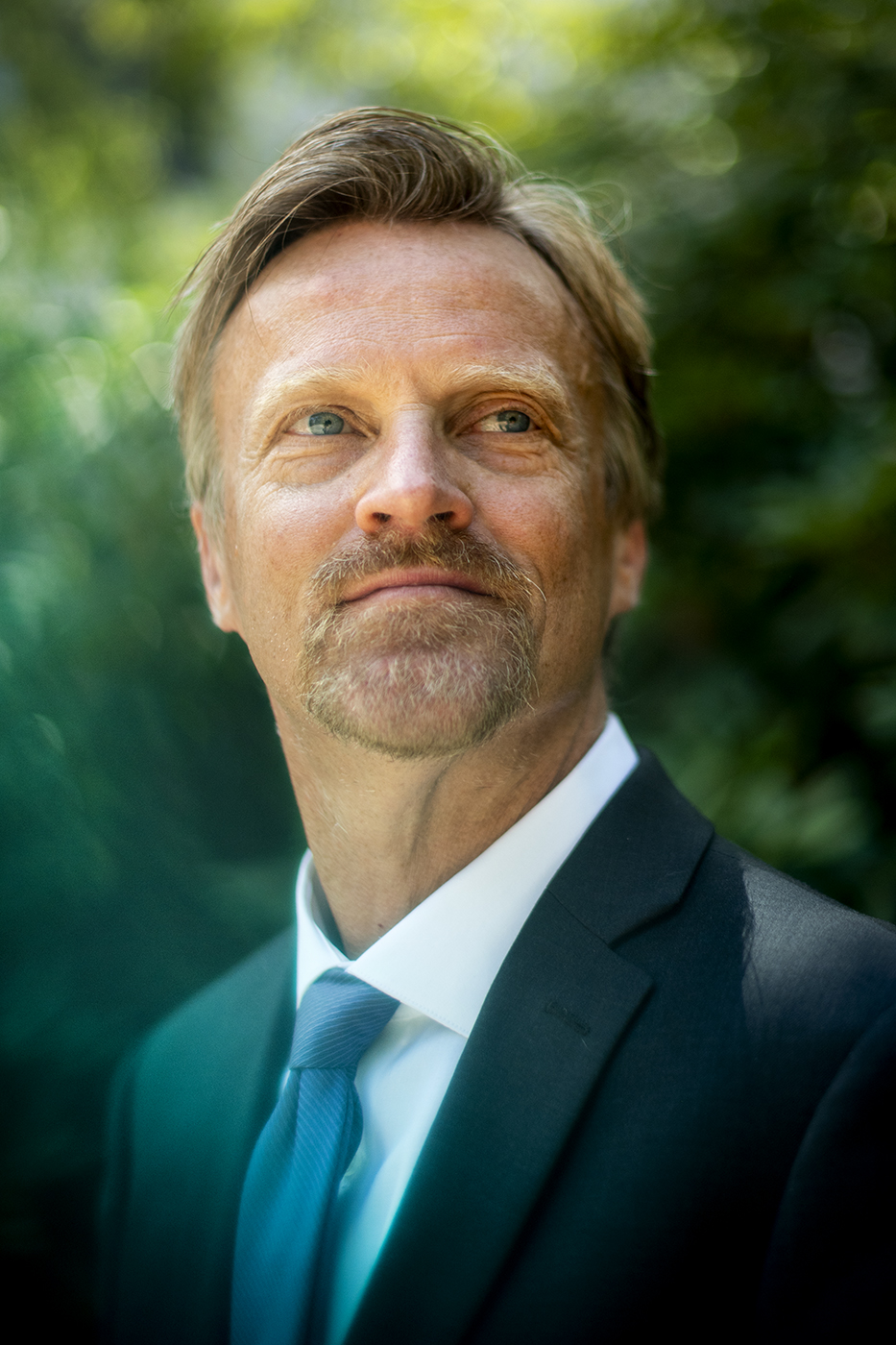How have primary care physicians adapted during the pandemic?

If you look just beyond the surge of patients who rushed to hospitals to be treated for COVID-19 this year, you’ll find another group of people—people with broken hips or chronic illnesses—who need medical care before, during, and after the pandemic.
And so, as hospital staff all over the world scrambled to accommodate COVID-19 patients during the height of the pandemic, primary care physicians found themselves scrambling to innovate as well, in order to treat their patients and minimize the risk of spreading the highly contagious disease, says Timothy Hoff, professor of management, healthcare systems, and health policy at Northeastern.
“During the first few months of lockdown, we were hearing a lot about frontline healthcare workers—and rightfully so,” Hoff says. “But we can’t forget that all healthcare shut down in the U.S., including primary care.”

Timothy Hoff is a professor of management, healthcare systems, and health policy in the D’Amore-McKim School of Business. Photo by Ruby Wallau/Northeastern University
How did doctors in different communities respond to the pandemic? How are they keeping their practices afloat, financially? How have they had to change the way they provide care?
These are the questions Hoff wants to answer, and he’s in the middle of a longitudinal study to do so.
He’s following a dozen doctors in New York—one of the hardest-hit states early on in the pandemic—to study how they adapted, and continue to adapt, to a new reality in healthcare.
The doctors represent a range of different experiences and serve different communities—some have been practicing medicine for decades and some are relatively new; some serve rural municipalities and some serve urban areas; some are part of a private practice and some are part of large hospital systems, Hoff says.
Hoff is interviewing the physicians at regular intervals throughout the pandemic in order to get a full picture of their experience, he says. He started interviews in May, and will continue checking in throughout the next 12 months. By the end of his study, he’ll have a long view of the ways in which primary care changed during this historic period of time.
“What has struck me already is just the level of resilience that all of these physicians have shown,” Hoff says. “These healthcare professionals have had to think in brand new ways, or adopt new systems and behaviors, in order to care for their patients.”
For example, Hoff found, in a rural area of upstate New York, that physicians and nursing staff installed a WiFi hotspot in the parking lot of their clinic, so that patients who didn’t have reliable internet access at home (the majority of them didn’t) could use their phones and other devices to have virtual appointments with the staff inside the building.
One physician at the clinic—cloaked in personal protective equipment—would hop into the back of patients’ pickup trucks to do physical examinations, Hoff says.
Many of the doctors in Hoff’s study had to set up telehealth systems to deliver care, and fast, he says. One physician correctly diagnosed a fractured hip in her elderly patient during a virtual visit, Hoff says.
“Providing care over the phone or a video requires a doctor to think very carefully and critically because they have to compensate for the information they lose by not seeing the patient in person and doing a physical exam,” he says.
In addition to the practical, tangible changes to primary healthcare, Hoff is also tracking the physicians’ mental and emotional states throughout his study.
“These doctors are often working with a smaller staff and for longer hours, finding ways to provide care while risking their own exposure to the virus, and managing their physiological states, including anxiety and depression, stress, and burnout,” he says.
Hoff says he hopes his study will shed some light on the complex—and changing—relationship people have with their primary care physicians, as well as to give some insight on the way doctors in different communities use technology to reach their patients.
“Part of what we’re seeing here is doctors who know their patients very well, who have long-standing relationships with their patients, really stepping up to figure out how to care for them,” he says. “And so, what that means for the future of primary care is a really interesting question.”
For media inquiries, please contact Jessica Hair at j.hair@northeastern.edu or 617-373-5718.




